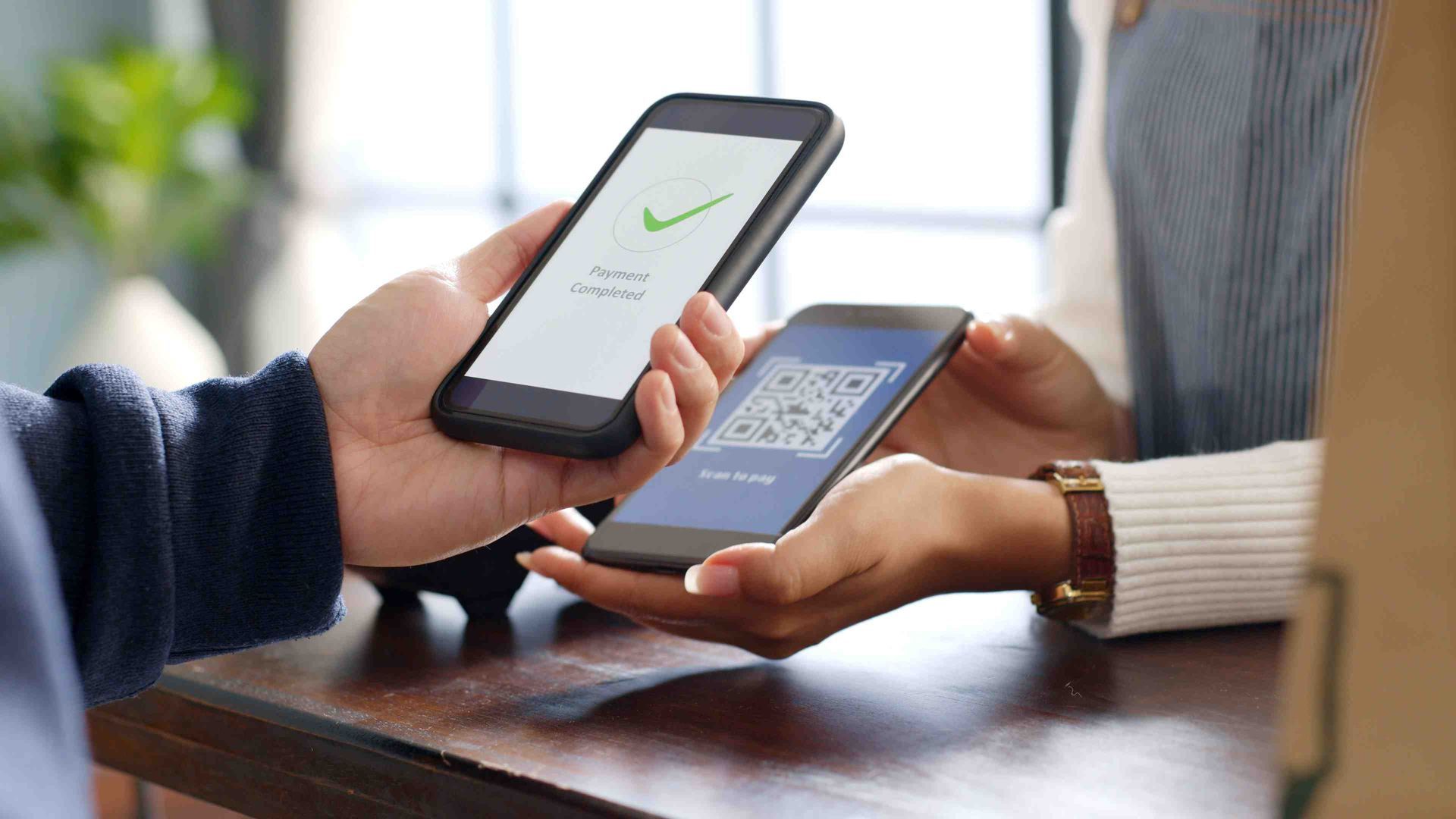Business Card Tips for Business Owners
When it comes to making a lasting first impression, few things are as powerful and immediate as a well-designed business card. In this world of digital dominance, the traditional business card still holds its own as an essential tool for networking and branding. So what does it take to create a card that truly resonates? Let’s explore some expert tips.
Know What Details to Include
A business card is like a gateway to your professional identity, not an encyclopedia. The trick is to keep it concise yet effective.
Your Name and Title: People need to know who they’re connecting with. Include your full name and professional title so they understand your role within the company.
Company Logo and Tagline: Your logo is a visual cue that connects people to your brand. Along with a succinct tagline, it can convey your company’s mission at a glance.
Contact Information: Provide multiple ways to get in touch, such as a phone number, email, and business address. Offering various avenues of communication shows accessibility.
Website and Social Media: Direct people to where they can find out more about you or your services. A URL and relevant social media handles can bridge the connection between offline and online presence.
Don’t Overdo It: While it’s tempting to include every possible way to contact you, overcrowding your card will only confuse the recipient. Balance is key, and white space is your friend.
Make Sure It’s Legible
A business card’s primary function is to convey information, and that’s impossible if it’s not easily readable.
Choose the Right Fonts: While cursive or overly stylized fonts might look appealing, they can reduce legibility. Opt for fonts that are simple and easy on the eyes.
Font Size Matters: Don’t go too small in your quest to fit everything in. A font size that requires squinting is a no-go. Remember, a business card is a quick reference, not a test of one’s eyesight.
Contrast for Clarity: Utilizing colors that contrast well ensures that your text stands out against the background. A light font on a dark background or vice versa can enhance readability.
Avoid Overly Busy Backgrounds: A background that’s too noisy can make text difficult to read. Aim for a harmonious balance between design elements and the space they occupy.
Be Visually Creative
Your business card isn’t just a means of sharing contact information; it’s a piece of branded art that can leave an indelible mark on the receiver.
Color Your World: Color schemes should be in harmony with your brand’s colors. Bright hues might communicate energy, while muted tones could signify elegance. Be aware of the emotions colors can evoke and choose wisely.
Imagery that Speaks: If you include images, make sure they resonate with your business. A tasteful logo, or a subtle background pattern that correlates with your industry, can create a visual connection.
Layouts and Alignment: The way elements are arranged on your card can either draw the eye or push it away. Thoughtful placement and alignment can guide the viewer’s eye naturally from one point to another.
Balance Creativity with Function: Design is an integral part of the card, but it should never impede the card’s primary function: to convey information. A visually stunning card that fails to inform is a missed opportunity.
Choose the Right Style
Your business card is a visual ambassador of your brand, and its style should echo your company’s character.
Minimalistic Approach: If your brand values simplicity and clarity, a minimalistic design might be your ally. Think clean lines, limited colors, and uncluttered space.
Modern and Sleek: For tech-savvy or forward-thinking brands, a modern design with sleek lines and innovative graphical elements might be the way to go.
Artistic Flare: Creative industries like design, art, or advertising might prefer a more artistic approach, incorporating unique illustrations, textures, or unconventional design elements.
Industry-Specific Styles: Your card’s style can hint at your industry. For example, an eco-friendly company might use recycled material, while a luxury brand might opt for high-end finishes.
Consistency Is Key: Your business card should be a continuation of your brand, not an outlier. Whether it’s color, font, or imagery, maintaining consistency across all your marketing materials strengthens brand recognition.
Include a QR Code
A QR code is more than a quirky pattern; it’s a bridge that effortlessly links the tangible to the digital. How can this small addition make a big difference?
Direct Connection to Your Online Presence: By scanning the QR code, people can instantly access your website, portfolio, or even a special offer. It’s a seamless transition from the real world to the digital sphere.
A Touch of Modernity: Including a QR code on your business card signals that you’re keeping up with technology. It’s a nod to the digital age, wrapped in a traditional format.
Maximize Space Without Clutter: You want to give people more, but there’s only so much space on a card. A QR code is a compact solution that provides access to limitless information without overwhelming the card.
Customize for Brand Alignment: QR codes can be customized with colors and shapes to match your brand’s aesthetic. It’s not just a tool; it’s part of the design.
Make It Special with Enhancements
Elevate your business card from a mere information carrier to a tactile and visual delight by adding special enhancements.
Metallic Ink for a Gleaming Touch: Metallic ink adds a touch of shine and luxury. It can highlight your logo or name, making it catch the light and the eye.
Foil Blocking for Depth and Texture: This technique presses a thin layer of foil onto the card’s surface, creating a rich texture. It’s a tactile experience that adds sophistication.
Embossing for a 3D Effect: By raising parts of your card’s surface, embossing creates a 3D effect that can be both seen and felt. It gives your card a dynamic appearance.
Spot UV for Contrast and Shine: Applying a UV-coated finish to specific areas can create a striking contrast between matte and glossy. It’s a subtle touch that adds visual interest.
The Power of Uniqueness: These enhancements are not just decorative frills; they turn your card into a sensory experience. It’s not just seen; it’s felt and admired.
Wrap Up
A business card is more than a piece of paper; it’s a statement. It’s your handshake when you’re not there. With the above tips in hand, you’re well on your way to creating a business card that not only shares your details but tells your story.
Disclaimer: The information on this website and blog is for general informational purposes only and is not professional advice. We make no guarantees of accuracy or completeness. We disclaim all liability for errors, omissions, or reliance on this content. Always consult a qualified professional for specific guidance.
Recent Posts
Quick Links
Get In Touch
Sales: sales@oamiicards.com
Support: support@oamiicards.com

All Rights Reserved.
Website Designed & Managed by Oamii.





